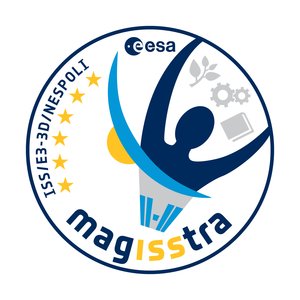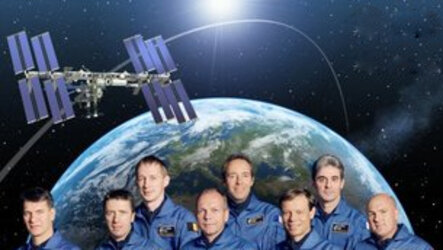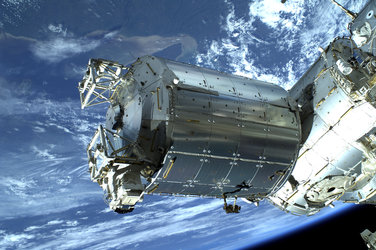Sleeping in head-down position
In the absence of gravity (microgravity), the venous return to the heart is facilitated and the fluids in the body's interstitial tissue tend to redistribute upwards, increasing relative hydrostatic pressures in areas not used to such pressures, thus allowing the formation of fluid accumulation and oedema in upper sections of the body which are readily visible in areas with soft tissues.
Examples of this are the astronauts' puffy faces and skinny calves that are observed in space. However, a similar mechanism also causes the puffy faces all of us see in the mirror when we get up in the morning after lying down overnight.
It has been shown in bed-rest studies that head-down tilt -7 degrees reproduces to a fair extent the fluid redistribution observed in microgravity, thus it has been hypothesized that by having the cosmonaut sleep in head-down tilt prior to launch, will pre-condition the upper-body tissues to microgravity-like hydrostatic gradients and ideally reduce the stress on those body districts upon actual microgravity entry on the first days of flight and facilitate the overall adaptation to the new microgravity induced circulatory gradients.
Passive tilt-table

On Earth, acute posture changes, such as standing from supine or from sitting, and vice versa, determines changes in volume distribution along the body axis. In turn, this causes the gravity dependent circulation control mechanisms to quickly adjust the systemic blood pressure, so to maintain an optimal blood supply of oxygen and nutrients to all areas of the body and in particular to the central nervous system. In space, with gravity absent, changes in posture do not determine volume shifts along the body axis and the associated circulatory responses. Through time, the lack of challenges to the gravity dependent circulation control mechanisms will cause them to become less responsive to sudden gravitational challenges.
Most individuals exposed to prolonged microgravity, when assuming the standing posture post-flight may experience systolic blood pressure drops, some lightheadedness and a compensatory increased heart rate. However, in more susceptible individuals, this may lead to a significant systolic blood pressure drop and inadequate heart rate compensation, which can drastically reduce blood supply to the central nervous system, leading to more pronounced lightheadedness and possibly fainting. In an emergency, unassisted landing, this condition can be life threatening.

In order to anticipate and mitigate such risk, tilt tests, with the cosmonaut safely strapped down on a tilt-bed, are used to assess the effects of prolonged weightlessness on orthostatic tolerance during upright posture. The tilt test challenge typically consists in tilting the cosmonaut up-right, from 0 to +70 degree angle for 10 minutes, while monitoring blood pressure and heart rate. This test helps identifying crewmembers at risk for sudden blood pressure drops (fainters) before the flight and to adjust their in-flight countermeasures prescriptions to produce adequate gravitational stimuli on the circulation control mechanisms, for an improved orthostatic tolerance at landing.
Another application of the tilt-test challenge is pre-launch conditioning to sudden gravitational stimuli in opposite directions, partly resembling stimulations experienced at launch and in the very early phase of microgravity exposure. In this instance, with the cosmonaut securely strapped to a tilt bed, 30-minute sessions, on consecutive days, are performed exposing the cosmonaut to different inclinations for one or two-minute periods in a range between +50 and -50 degrees. This will determine quick and sudden gravitational challenges for the cardiovascular system to counteract and in so doing, improving their preparedness and tolerance to such stimuli in the early phase of flight.















 Germany
Germany
 Austria
Austria
 Belgium
Belgium
 Denmark
Denmark
 Spain
Spain
 Estonia
Estonia
 Finland
Finland
 France
France
 Greece
Greece
 Hungary
Hungary
 Ireland
Ireland
 Italy
Italy
 Luxembourg
Luxembourg
 Norway
Norway
 The Netherlands
The Netherlands
 Poland
Poland
 Portugal
Portugal
 Czechia
Czechia
 Romania
Romania
 United Kingdom
United Kingdom
 Slovenia
Slovenia
 Sweden
Sweden
 Switzerland
Switzerland
































